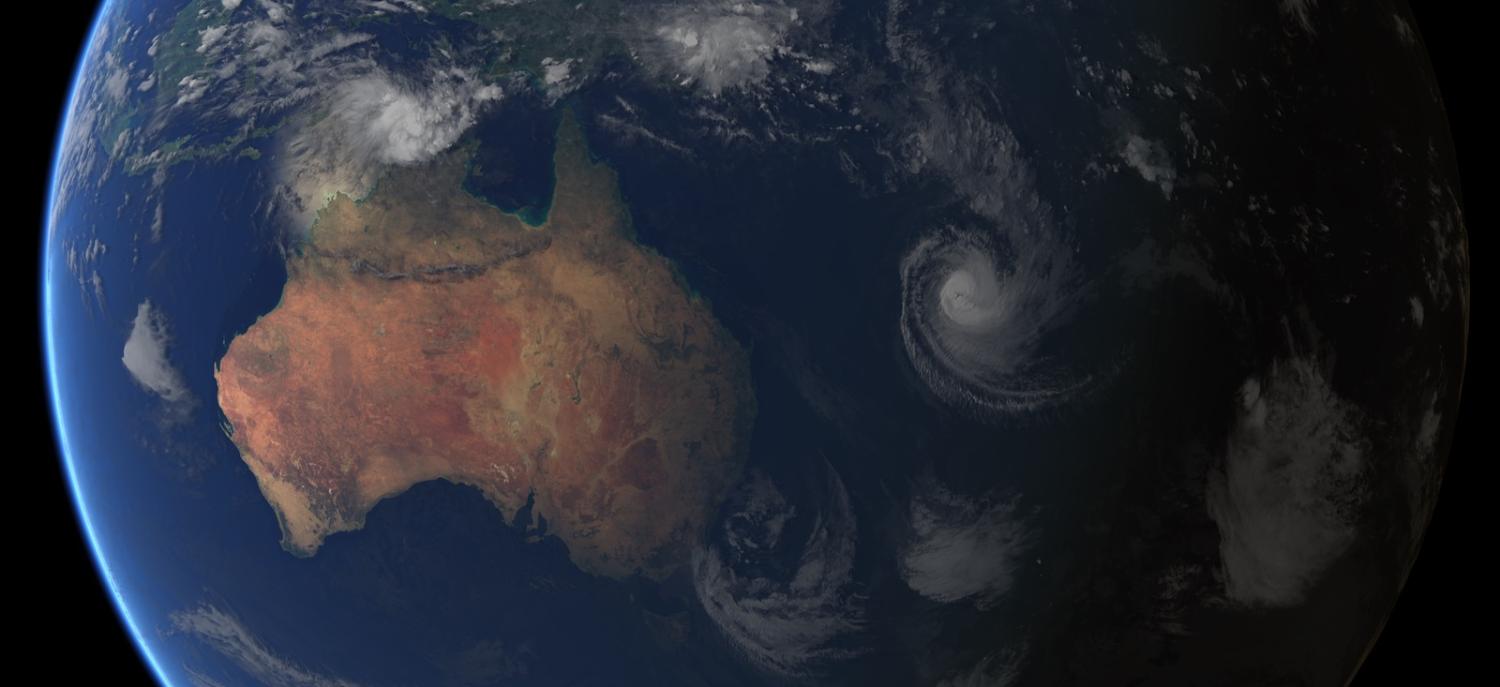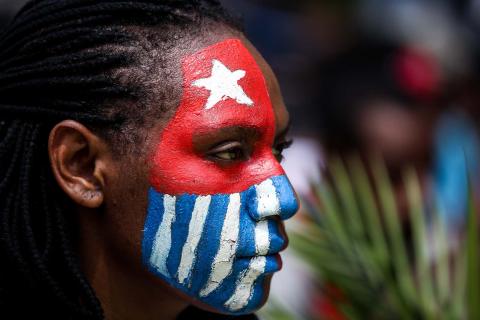The first in a series where Lowy Institute experts look back on what surprised them in 2018.
If you had told me this time last year that in 2018 I would be one of the most frequently quoted Lowy Institute staff members in the media, I would have laughed you out of the room. Conventional thinking is that the Pacific’s just not that sexy. While the Lowy Institute has had a focus on the region since its foundation, that has by and large not been matched with public, media and political sentiment.
In just one year’s time, politics is now well and truly ahead of policy, with bureaucrats and analysts scrambling to keep up with the raft of announcements coming out of the Australian (among others) government.
Things have taken a very welcome change this year, and I’m still trying to puzzle out why. The spectre of China in the region is, of course, the driver, but Pacific politicians and analysts have been talking about China in the region for more than a decade. For whatever reason, we have reached a tipping point. There have been more front-page headlines in Australia about the Pacific than in any time in recent history. Lowy Institute citations on the Pacific are up six-fold on the previous year, and much as I wish it to be true, it’s not because of my charming personality.
Australia has a large and messy relationship with our near region; spanning aid, defence, diplomacy, education, employment, health, investment, migration, and trade. In recent years, parts of the bureaucracy have taken a close look at trends and policy settings in the Pacific. Former prime minister Malcolm Turnbull committed to “stepping up” engagement at the Pacific Islands Forum. A new (and decent) framework for engagement was laid out in the Foreign Policy White Paper. The nixing of the Huawei cable connecting Australia and Solomon Islands was a sign of things to come. While the policy thinking in 2017 was clearly there, the political urgency wasn’t, and only marginal commitments were announced to complement the bureaucracy’s new strategic thinking.
In just one year’s time, politics is now well and truly ahead of policy, with bureaucrats and analysts scrambling to keep up with the raft of announcements coming out of the Australian (among others) government. These range from $2 billion of new funding for infrastructure, a billion dollars to get Australian businesses back into the region, adding five new diplomatic missions (not cheap), enhancing labour mobility opportunities and creating an “office of the Pacific” with whole-of-government oversight. The most ambitious of all, with help from our friends Japan, New Zealand, and the US, to electrify 70% of PNG’s population by 2017 will be a monumental undertaking. And that’s only in the past month.
These announcements are huge, and they wouldn’t have come without the new sense of political urgency.
This tunnel vision focus does, of course, create frustration with Pacific pundits and politicians, that too much talking is done over the heads of Pacific Islanders and their leaders, and that Pacific Island agency is far too underestimated. These are legitimate concerns.
There are also clear risks for Australia here. The first is on implementation: we’ve got to make good on a lot of new policies in an area we struggle to manage what we’re already doing. The second is on leverage: we cede a lot of it to the Pacific when we write such big commitments without any expectations on Pacific governments to up their game. Whether we ever had this leverage to begin with, or that greater Pacific agency is necessarily a bad thing, is up for debate. But it should at least be debated.
Risks aside, the silver lining in all of this is that the Pacific is the clear beneficiary of this new geo-politicised landscape. They have more friends willing to throw in more money and can actively play them against one another to get even better deals. They should make the most of the attention while they have it.
I can only hope that we have some spill over to the public paying attention to some of the other long-term trends in the region that are going to force us to be more active whether we care to or not. Population growth in many parts of Melanesia is rapidly undermining traditional subsistence welfare structures that hold these countries together. Non-communicable diseases in Polynesia are devastating populations already split by migration. The very viability of atoll states is at question due to the effects of climate change. Addressing the cause would be a good start, but we also need to talk about the prospects of failure.
There is much to be interested by, and concerned for, in the Pacific region beyond China. It’s time for the public to start paying attention to those issues as well.
Pacific Islands: the China stories that mattered in 2018
Prominent businessman and former ABC chairman Maurice Newman writes for The Australian that the region has already been ceded to China.
Then minister for international development and the pacific Concetta Fieraventi-Wells dominates a sleepy news-cycle with her blunt criticism of “debt diplomacy” Chinese aid in the Pacific.
Winston Peters announces Pacific “reset” in Sydney as a direct call to Australia to do the same.
Fairfax Media runs a front-page story detailing the potential of a Chinese military base in Vanuatu.
In a perceived “Pacific pivot” the UK announces the reopening of three diplomatic missions in the Pacific.
New Zealand commits to boost foreign aid by 30%, with most earmarked for the Pacific.
In a soft-diplomacy play, Australia holds “guest of government” visits with Solomon Islands and Vanuatu.
Australia signs a deal with PNG and Solomon Islands to almost fully-fund a new submarine cable, signalling the overt geo-politicisation of aid in the region.
China’s “Peace Ark” cruises through the Pacific, providing medical services to multiple countries.
Launch of the Lowy Institute’s Pacific Aid map, highlights the actual extend of China’s aid engagement in the Pacific.
Chinese officials behave badly at the Pacific Islands Forum leaders meeting.
Australia announces plans to fund upgrades to Manus island naval base in move to head off China.
Australia outbids China to fund Black Rock military base in Fiji.
Scott Morrison announces the most significant “step up” in Australian policy to the Pacific, including funding for diplomatic missions, infrastructure, supporting Australian businesses in the Pacific and more.
Xi Jinping hosts a summit with Pacific leaders. All eight sign-up to Belt and Road Initiative, but far fewer sign up to new debt.
The APEC summit in PNG brings to a head the new geopolitical dynamics in the Pacific, including significant announcements by Australia, New Zealand, Japan, and the US.
Samoa becomes the latest country to be subject to a rumoured military base following reports of China’s investment in upgrading a port.


